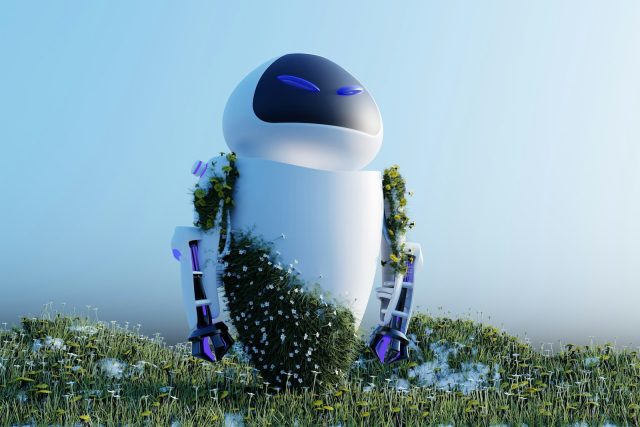
When most people think of artificial intelligence, they picture finance, healthcare, or self-driving cars. But AI is also reshaping one of the most urgent fields of all – conservation. The International Union for Conservation of Nature – IUCN – the world’s largest environmental network, has started weaving AI into its daily work. And the results show how digital tools, when applied responsibly, can protect species, restore habitats, and support better policy decisions.
This story also highlights the role of companies like S-PRO, which build practical AI applications that help organizations make sense of overwhelming data. Their collaboration with IUCN illustrates a wider trend: AI is no longer just about automation or prediction. It’s about helping people make faster, smarter choices that shape the future of our planet.
Why IUCN Turned to AI
IUCN isn’t a small NGO with a single project. It’s a massive global network, with 230+ governments, 1200 NGOs, and 17000+ experts across 160 countries. Managing this knowledge + responding to the constant stream of new environmental challenges, is no easy task.
That’s where AI comes in. Since 2023, IUCN has piloted and implemented AI across its infrastructure, core systems, and knowledge products. The goal isn’t to replace people but to give them tools that cut through the noise. As their CIO François Jolles puts it, “Technology will not save the planet. People will.” AI here is a partner, not a replacement.
Tackling Policy Overload: Chat R&R
One of the biggest headaches for IUCN staff was managing thousands of evolving resolutions – 1,466 archived and nearly 700 active at the time of the pilot. These documents guide international conservation law, trigger specific actions, and shape the organization’s position at the UN. But tracking overlaps, updates, and relationships between them took weeks, even for experts.
S-PRO developed Chat R&R, an AI-powered application that lets users query this mountain of policy data with simple prompts. Instead of manually digging through endless files, teams now get quick, clear insights. This tool not only cut review times from weeks to seconds but also made the entire process more reliable.
It’s a prime example of what AI policy management software looks like in practice. Rather than abstract promises, it delivers direct impact: staff can follow policy changes in real time and understand their implications without drowning in paperwork.
Coral Reefs as “Blue Rainforests”
AI at IUCN isn’t just about words on paper. It’s also about protecting ecosystems that directly affect communities. In Mauritius, the Tech4Nature project uses technology-driven monitoring to restore coral reefs. These reefs, sometimes called “blue rainforests,” act as carbon sinks, protect coasts from erosion, and feed millions.
The project has already planted over 15,000 coral fragments. But the impact isn’t only ecological. Locals gained awareness of climate change, got involved in coral farming, and benefited economically through better fish stocks and eco-tourism. It’s a clear reminder that AI-linked conservation isn’t just about saving nature – it’s about livelihoods too.
AI for Biodiversity Monitoring: Jaguars in the Yucatan
Another striking case comes from Mexico’s Yucatan Peninsula, a biodiversity hotspot under pressure from deforestation and climate change. Here, AI systems combined with acoustic and image data help monitor jaguars and other species in the Dzilam State Reserve.
The scale is remarkable: 80,000+ images, 600,000+ acoustic files, and 4,000 hectares covered. Developed algorithms achieved 93% precision in identifying jaguars. That kind of accuracy means conservationists can focus their efforts where they matter most. It also shows how artificial intelligence is becoming indispensable for fieldwork that once relied purely on human observation.
Reflections: People, Not Machines, Will Save Nature
AI won’t stop climate change or biodiversity loss on its own. But it can shorten the path from data to action. The IUCN examples – Chat R&R, coral restoration in Mauritius, jaguar monitoring in Mexico – show that technology, when built responsibly, amplifies human capacity rather than replacing it.
The message running through IUCN’s work is simple: AI is a tool, not a savior. The technology cuts through complexity and brings clarity. But its people – scientists, local communities, policymakers – who make the final calls.
Conservation may not be the first place people look for innovation. Yet it’s becoming one of the most important. And as AI quietly takes root in this field, the lessons learned here will ripple far beyond nature. They may shape how every sector uses technology to navigate complex, messy, human challenges.



